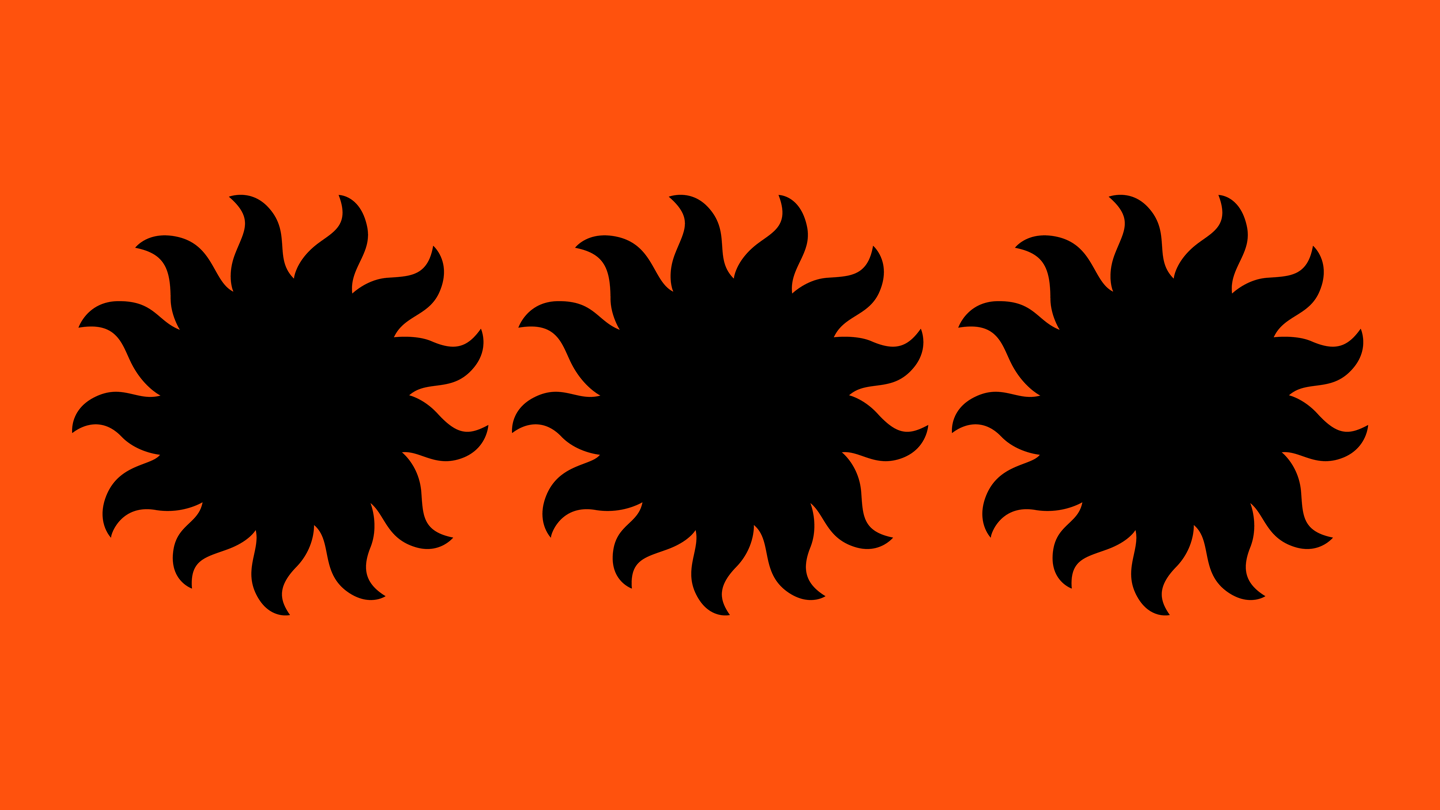Live Your Transformation
June 10–18, 2023
Freilager-Platz 1
Institute Art Gender Nature, Basel Academy of Art and Design FHNW
CH-4002 Basel
Switzerland
dertank.hgk@fhnw.ch
Curated by Chus Martínez.
Curatorial assistance: Tabea Rothfuchs
“You must change your life,” Rainer Maria Rilke concluded in his poem, Archaic Torso of Apollo (1908). Rilke has always inspired us to accept change and transformation and to remain open to life. The title, therefore, of this exhibition at der TANK in Basel—Live Your Transformation—can be understood as a tribute to this willingness to engage with the forces and energies that change art practice and the world. And this is a characteristic feature of Basel-based artist Annette Barcelo’s work.
Live Your Transformation at der TANK is Annette Barcelo’s first institutional solo exhibition in years, more than a decade in fact. She is well-known as an artist in her community, around Basel and especially among her fellow artists. The exhibition raises a number of questions around how to exhibit and the language in which to approach the work of an artist so present in a place, yet so unexplored in depth and detail. The vast number of works carefully arranged in her studio and storeroom speak of a confidence and trust in her own practice, as well as a unique reflection on the languages and subjects that have inhabited for decades her works. It is almost impossible to exhibit the “trust in her work.” However, since the exhibition space is part of our Institute Art Gender Nature HGK Basel FHNW, that particular trait constitutes an invaluable legacy to pass on to younger generations of artists. After reflecting together about the form and function of this exhibition, we decided that it is an exhibition about certain groups of works—produced mostly in the late 1980s and early 1990s—and a few more contemporary ones to help us understand the enduring presence of certain hand-made motifs and myths over her long career.
At the center of the exhibition are three series of works: Annette Barcelo’s series of bathtubs, animals, and reverse glass paintings. The first of these series comprises large-scale paintings depicting human beings, mostly women, in bathtubs. The bathtub is a strange space that very privately serves as a nest for the body, reflecting the need for a safe and constricting space. Women bathing are often portrayed as if unaware of the presence of the guardians, guardians synonymous with the voyeurs beholding their bodies. There is a “creaturesque” impetus in these millions of scenes presenting women bathing as a natural act, like hot or thirsty animals wallowing at a waterhole.
This series of works by Annette Barcelo is important: it truly manages to express and convey the dark forces that are the source of a pain that may never fade, a pain not only personal but cultural and social—intensely so—when it comes to the female figure. But the series is important for another reason too: the bath-place became a dwelling, an almost magical spring that made possible a different way of imagining life.
Annette Barcelos work embodies an effort to avoid the binary of the real and the unreal by stating the existence of a third world, one that acts as a troubadour figure inhabiting all possible intersections between realms of the real, between genres and disciplines, between what is alive and what is not: a troubadour-world that makes all other worlds dance to uncanny forces, creating alliances with us weak and greedy humans and giving us strength and hope.
Like the life’s work of Annette Barcelo, Rilke’s writing puts great trust in experience, trust that implies suffering but also joy. Experience emerges as the contrary of avoidance: it embodies the courage to confront, to fail, to pursue, to remain relevant for oneself and others, to be. This exhibition could not be in a better place. It brings us not only a magnificent oeuvre, but a testimony of life as an artist.
—Chus Martínez
Press contact
Institute Art Gender Nature, Basel Academy of Art and Design FHNW
Anna Francke: email / T +41 61 228 43 25


